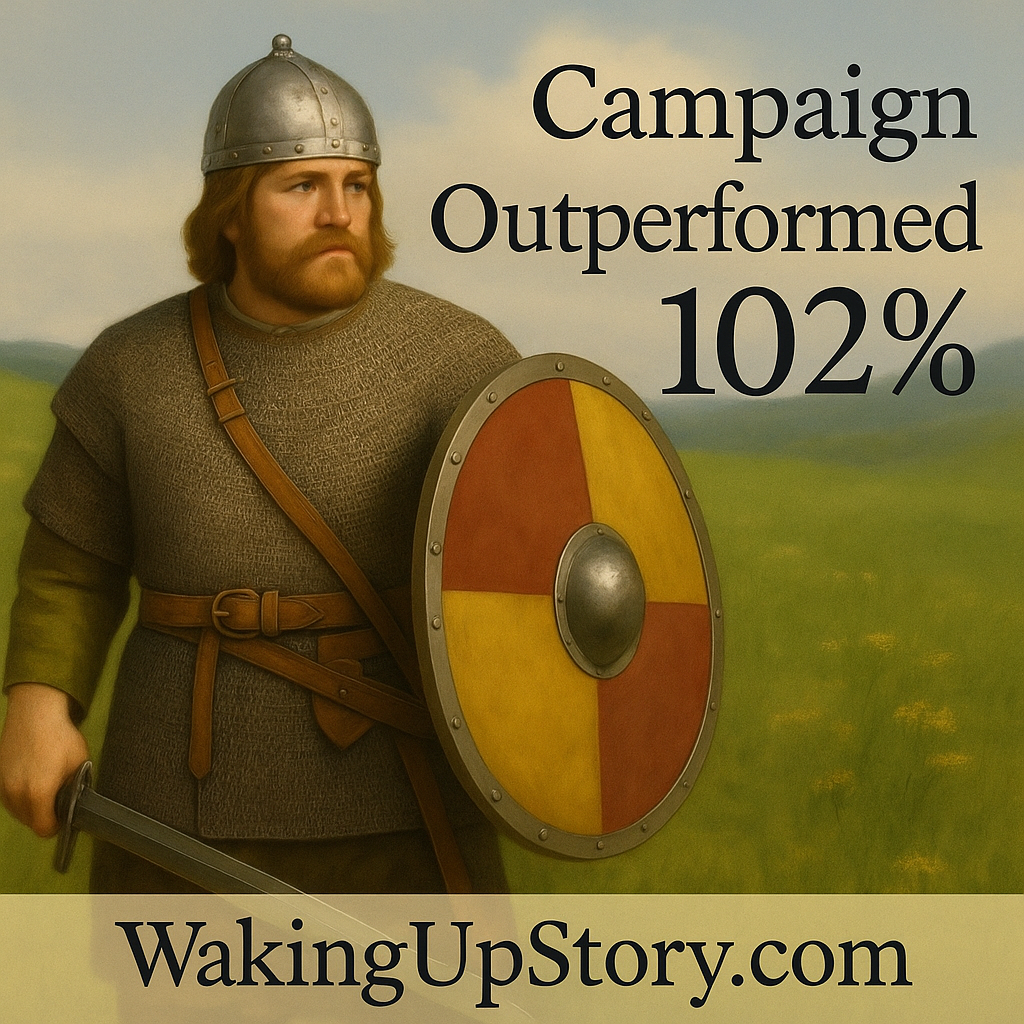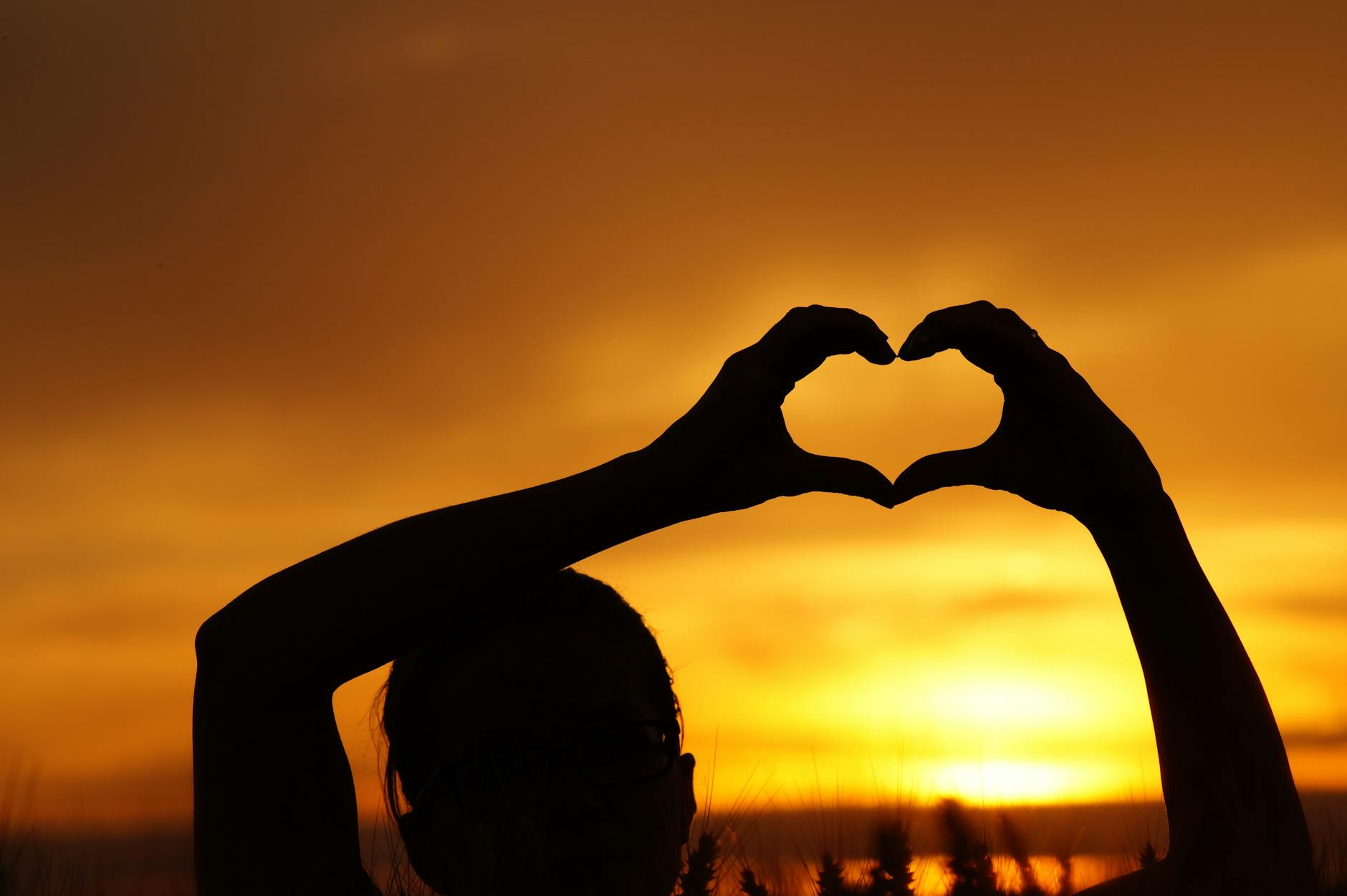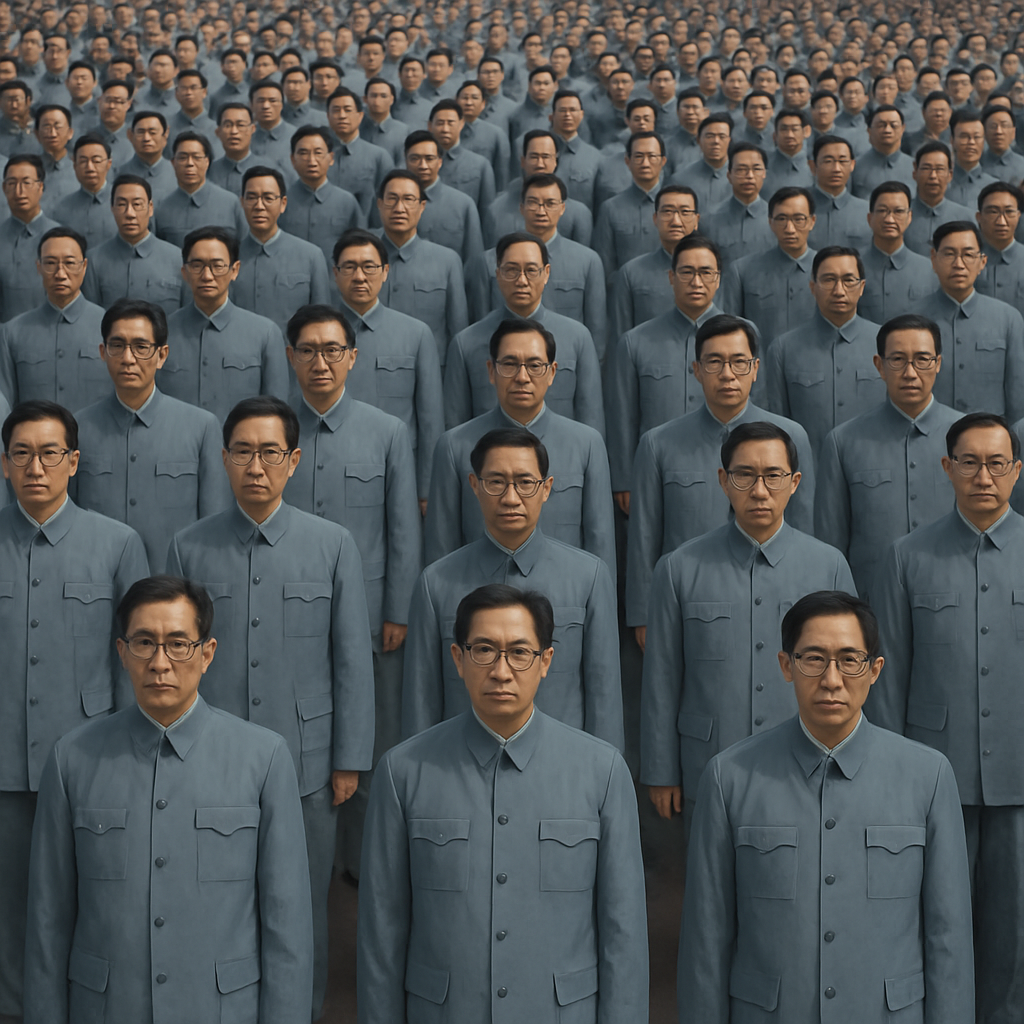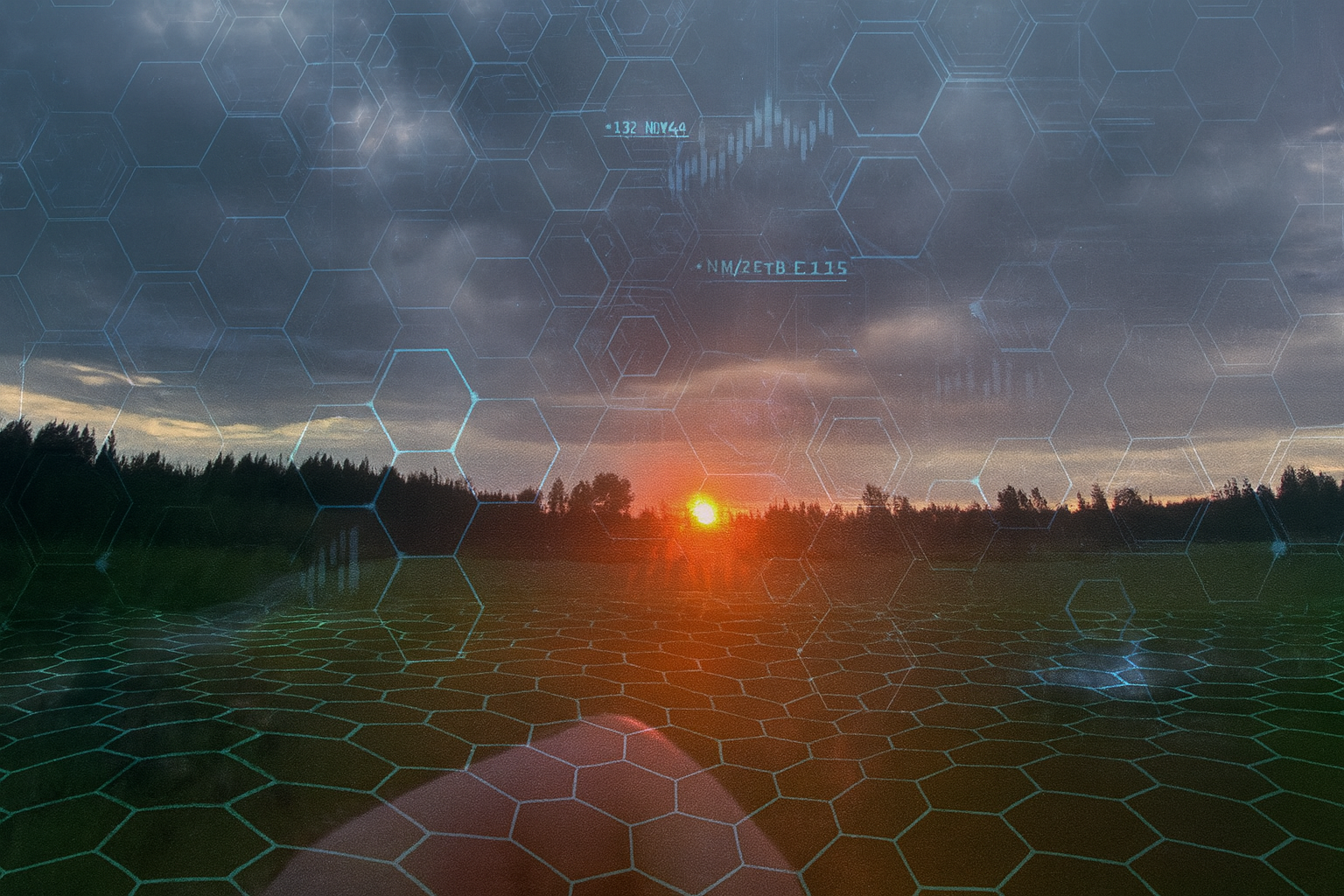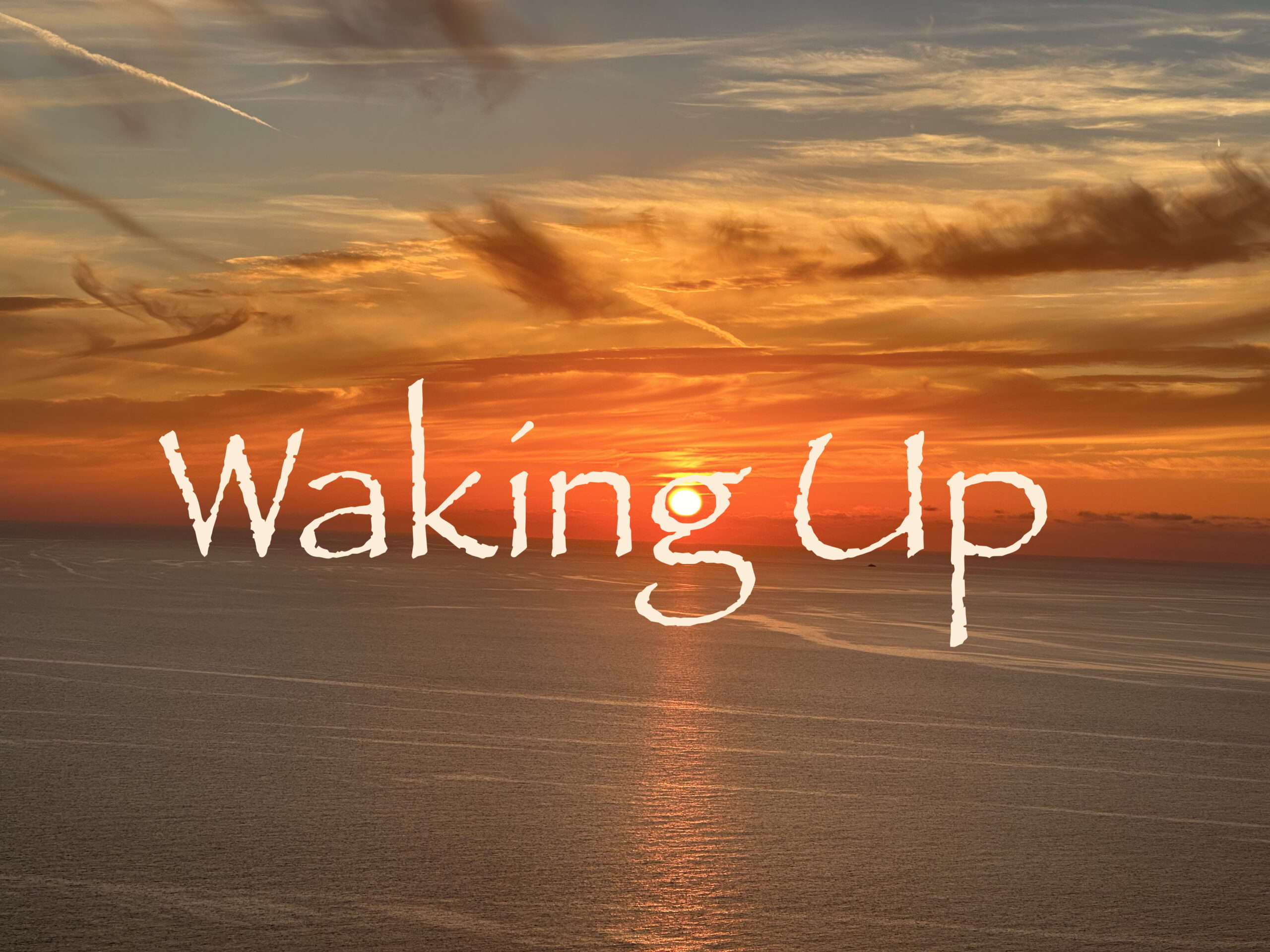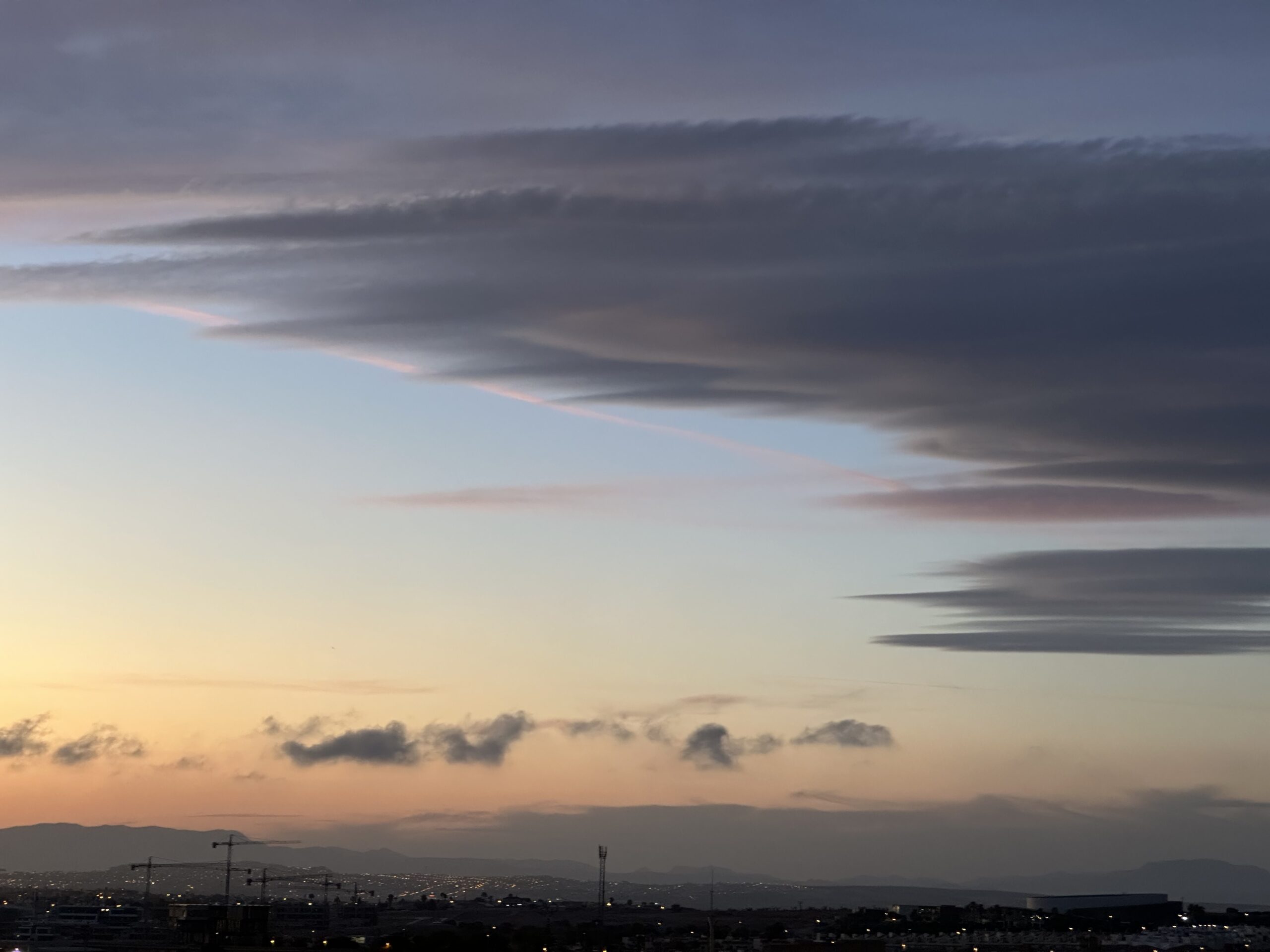A Post-Scarcity Diet for a Post-Scarcity World
🌾In my previous article, I showed that we already produce more than enough food to feed every person on this planet — many times over. But today’s food production is not sustainable. Quite the contrary, it is ruining the planet in countless ways.
So the question is:
Can we do it sustainably?
Is it even possible to feed 10 billion people without chemical fertilizers, pesticides, monocultures, and topsoil destruction?
The short answer? Yes.
But not with business as usual.
Feeding 10 Billion Without Destroying the Earth
In my previous article, I revealed the staggering fact: humanity already produces the equivalent of 43 kilos of food per person, per day, every year. That’s not a typo — it’s the absurd reality of our current food system.
So why does hunger still exist? Why is food waste so rampant? And why is our soil dying?
Because — let’s be honest — the system isn’t broken.
It’s working exactly as designed.
This global machine doesn’t exist to feed people.
It exists to generate profit — for a handful of corporations and investors.
And in that mission, it’s ruthlessly effective: producing massive surpluses, discarding what can’t be sold, and pumping land and labor for maximum short-term gain.
In the process, it leaves behind exhausted topsoil, poisoned waterways, collapsing ecosystems — and wastes over 90% of the food it produces, once you account for animal feed, biofuels, processing losses, and throwaway culture.
So here’s the real question:
Can we produce enough food for everyone — not just in quantity, but sustainably, ethically, healthy and wisely?
Because what we’re doing now isn’t just unsustainable — it’s suicidal.
Industrial Farming: Abundance at Any Cost
The modern food system is a marvel of scale and logistics — but it comes at a brutal cost:
- Monoculture farming depletes topsoil faster than nature can regenerate it.
- Chemical fertilizers and pesticides pollute rivers, kill pollinators, and destroy biodiversity.
- Factory farming of animals not only raises ethical concerns but uses massive amounts of grain, water, and antibiotics.
- The entire chain is extremely energy-intensive, with long supply lines and high emissions.
We’re not just growing food — we’re extracting it like oil.
And just like fossil fuels, this approach is running out of road.
Do We Even Need to Grow This Much?
If over 90% of what we grow isn’t eaten by humans, we have to ask:
Do we really need to produce this much food at all?
Much of the excess isn’t food in any meaningful sense — it’s surplus calories for livestock, inputs for processed foods, or filler for fuel tanks.
And what is intended for direct consumption? A huge chunk is discarded for not being “pretty” enough, lost to the inefficiencies of global distribution, or deliberately destroyed to manipulate market prices and preserve profit margins. Perfectly edible food is routinely thrown away or even burned to maintain artificial scarcity in a system obsessed with supply and demand. And what’s discarded isn’t even composted, it’s simply wasted.
Hunger, then, isn’t about scarcity — it’s about distribution, profit, and priorities.
So How Do We Feed Everyone — Sustainably?
Let’s start by letting go of the lie: that we have to choose between feeding everyone and saving the planet.
We don’t. That’s a false dilemma — born from an industrial system designed for profit, not nourishment.
Sustainable abundance is not only possible — it’s already being practiced in countless ways around the world. The key isn’t one magic method. It’s diversity, adaptability, and respect for natural systems.
Here are just a few of the promising paths forward:
🌱 Regenerative Agriculture
This method rebuilds topsoil, stores carbon, increases water retention, and fosters biodiversity — all while producing healthy food.
Instead of fighting nature with chemicals, regenerative farming works with nature, using techniques like:
- Cover cropping
- No-till planting
- Crop rotation
- Integrating livestock into healthy cycles
It’s already proving effective — from smallholder farms in India to large-scale ranches in the U.S.
🐓 Permaculture
Permaculture goes further than “organic.” It designs entire systems that mimic nature, turning waste into nourishment and chaos into balance.
Imagine food forests, edible landscapes, and community gardens where everything has a role — and nothing goes to waste.
Permaculture shines especially in local, low-energy systems where self-sufficiency and community cooperation are key.
💧 Hydroponics and Aquaponics
In urban areas or regions with poor soil — especially while we work to regenerate it — hydroponic (water-based) and aquaponic (fish-integrated) systems offer a revolutionary solution.
They use 90% less water, can be stacked vertically, and grow food year-round — right where people live. No soil, no pesticides, and zero transport emissions.
It’s not a fringe idea anymore — cities like Singapore are investing heavily in these methods as part of their food security strategy.
🖦 Localized and Decentralized Systems
The more food is grown closer to where it’s eaten, the less waste, energy, and spoilage we face.
Community-supported agriculture (CSA), farmers’ markets, co-ops, rooftop gardens, and microfarms all contribute to a resilient food web — one that can weather shocks and adapt quickly to change.
We don’t need global supply chains to ship tomatoes halfway around the globe in January. We need local abundance with global cooperation.
We Don’t Need to Grow More. We Need to Grow Smarter.
Together, these methods don’t just promise sustainability — they deliver regeneration. Not only do they avoid harm, they actively repair the damage industrial farming has caused.
And no — we don’t need 43 kilos per person per day. We need enough — grown with care, intelligence, and integrity.
This isn’t a utopian fantasy. It’s already being done.
What we need is the will to scale it, support it, and shift our collective values from extraction to care, from profit to nourishment.
What About Protein?
Ah yes—the question everyone asks. In any discussion about food, especially in a future without industrial agriculture or meat factories, protein inevitably comes up. So, let’s tackle it head-on.
In the sustainable, post-scarcity world envisioned in Waking Up, protein isn’t a problem—it’s an opportunity. Freed from the constraints of profit-driven monocultures and factory farming, we gain the freedom to explore protein sources that are ethical, efficient, and incredibly abundant.
Plant-Based Proteins: The Source of It All
Let’s start with a simple truth: all protein originates from plants. Plants produce amino acids—the building blocks of protein—directly from sunlight, carbon dioxide, nitrogen, and minerals. When animals eat plants, they build those amino acids into muscle. Then, when humans eat the animal, we break those proteins down back into amino acids—only to rebuild them again for our own bodies.
It’s a long, inefficient detour.
So why not go straight to the source?
Lentils, beans, chickpeas, and peas are protein powerhouses, rich in essential nutrients and even capable of enriching the soil they grow in. Soybeans, quinoa, amaranth, and buckwheat offer complete protein profiles without the environmental baggage. In a post-scarcity society, it’s not about sacrifice—it’s about efficiency and clarity.
Algae and Microbial Marvels
Algae like spirulina and chlorella can yield more protein per square meter than almost any traditional crop, while requiring very little water. And cutting-edge solutions like Solein—a microbial protein made from air, water, and renewable electricity—are already scaling up to feed the world using almost no land at all.
Mushrooms and Mycoprotein
Mycoprotein, derived from fungi, is already being served in millions of meals worldwide. It’s high in protein, low in impact, and surprisingly satisfying. Mushrooms, too, provide valuable protein and grow on organic waste in shaded areas—making them perfect for small-scale local food loops.
Aquaponics and Ethical Aquaculture
Where people still desire fish, aquaponic systems offer a closed-loop solution that produces both fish and vegetables in symbiosis. It’s sustainable, clean, and scalable. But even here, the fish still get their nutrients from plants.
Insects?
Insect protein is incredibly efficient and nutritious—though cultural resistance remains. Still, it’s an option on the menu for those who are ready for it.
In short: Protein is not scarce—it’s simply misunderstood. Once we understand where it really comes from, the entire idea of needing animals to get it starts to crumble. In a world designed around balance, health, and cooperation, our protein future looks not only bright—but abundantly green.
What about meat?
In a society truly free from manipulation — no advertising, no industry pressure, no cultural guilt or reward systems — the question of eating meat becomes something else entirely.
What do people choose when they are guided not by profit or propaganda, but by clarity, empathy, and awareness?
Surprisingly, we already have glimpses. When people are exposed to the realities of animal farming — the suffering, the inefficiency, the ecological cost — many reduce or eliminate meat. When given a chance to try a plant-based diet in an open, supportive way, a large number feel better and don’t go back.
In the world of Waking Up, where nutrition is understood, compassion is honored, and environmental awareness is second nature, food choices shift naturally. Meat becomes less of a staple, and more of a conscious option — perhaps enjoyed occasionally, perhaps not at all.
Some may still desire the taste or tradition of meat. That’s where cultured meat or regeneratively raised animals can provide an ethical alternative. But the need? The daily dependence? That fades.
Because when we’re no longer trapped in the machinery of marketing and habit, our natural intelligence rises. And with it, many of us may discover: We never really needed meat to begin with.
A New Story of Food
What if food wasn’t a battleground between scarcity and greed — but a symbol of a world made whole?
What if growing what we need didn’t come at the cost of future generations — but actually helped them, by rebuilding topsoil and restoring ecosystems?
These questions aren’t just speculative.
They’re at the heart of the world I imagine in my novel Waking Up — a future where food is abundant, accessible, and grown with care for the planet and all its inhabitants.
But we don’t need to wait a century.
The seeds of that world are already being planted.
If you want to get a vision of this future world right now my book is available for only $4,99:

